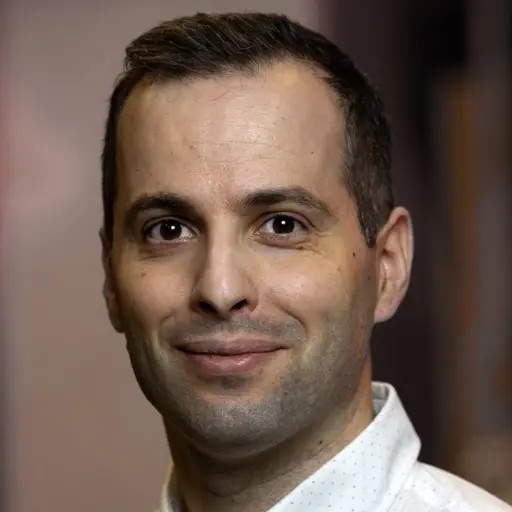Course syllabus adopted 2021-02-17 by Head of Programme (or corresponding).
Overview
- Swedish nameFlyg- och raketframdrift
- CodeMMS175
- Credits7.5 Credits
- OwnerMPAME
- Education cycleSecond-cycle
- Main field of studyAutomation and Mechatronics Engineering, Energy and Environmental Systems and Technology, Chemical Engineering with Engineering Physics, Mechanical Engineering, Shipping and Marine Technology, Engineering Physics
- DepartmentMECHANICS AND MARITIME SCIENCES
- GradingTH - Pass with distinction (5), Pass with credit (4), Pass (3), Fail
Course round 1
- Teaching language English
- Application code 03122
- Block schedule
- Open for exchange studentsYes
Credit distribution
Module | Sp1 | Sp2 | Sp3 | Sp4 | Summer | Not Sp | Examination dates |
|---|---|---|---|---|---|---|---|
| 0121 Examination 7.5 c Grading: TH | 7.5 c |
|
In programmes
- MPAME - APPLIED MECHANICS, MSC PROGR, Year 1 (elective)
- MPAME - APPLIED MECHANICS, MSC PROGR, Year 2 (elective)
- MPMOB - MOBILITY ENGINEERING, MSC PROGR, Year 1 (compulsory elective)
- MPMOB - MOBILITY ENGINEERING, MSC PROGR, Year 2 (elective)
- MPSES - SUSTAINABLE ENERGY SYSTEMS, MSC PROGR, Year 2 (elective)
Examiner
 Carlos Xisto
Carlos Xisto- Associate Professor, Fluid Dynamics, Mechanics and Maritime Sciences
Eligibility
General entry requirements for Master's level (second cycle)Applicants enrolled in a programme at Chalmers where the course is included in the study programme are exempted from fulfilling the requirements above.
Specific entry requirements
English 6 (or by other approved means with the equivalent proficiency level)Applicants enrolled in a programme at Chalmers where the course is included in the study programme are exempted from fulfilling the requirements above.
Course specific prerequisites
Mechanics of Fluids, MTF053 or similarAim
The course aims at providing knowledge about the applied design and use of aircraft and spacecraft propulsion systems. This involves developing an insight into how applied aerodynamics, turbomachinery, heat-transfer, as well as to some extent to solid mechanics and material mechanics can be used to understand and define limitations on the design of the propulsion systems.Learning outcomes (after completion of the course the student should be able to)
- apply turbomachinery design principles to airbreathing (aircraft) and rocket (spacecraft) propulsion systems.
- carry out conceptual design and analysis of several different gas turbine and rocket cycles
- evaluate and discuss how losses arise in turbomachines using commercial software for CFD and turbomachinery modelling.
- use simple methods, based on the first and second law of thermodynamics, to freely analyze new types of aircraft and rocket propulsion concepts.
Content
Within the course, aspects ranging from thermodynamic cycle studies and performance calculations to preliminary design of individual components for aircraft and spacecraft propulsion are covered. Emphasis is put on the relation between the propulsion system and the vehicle performance. The ambition is that the student shall become familiar with different propulsion concepts and their operation. As energy carrier the primary focus is on liquid conventional fuels but also biofuels and sustainably produced liquid fuels, hydrogen and methane. Possibilities and limitations for electrification, using batteries and fuel cells, are also treated.The course starts with a general overview of aircraft and rocket propulsion systems. The requirements, as given by the vehicle and its mission and the implications resulting by these on the propulsion system are treated. A range of design principles for components such as compressors, turbines, nozzles etc. are described and their relation to system requirements are established. Apart from traditional areas normally taught in a propulsion course, some aspects of materials selection (superalloys and composites), fatigue (creep, high and low cycle fatigue) as well as environmental aspects of operation are discussed.
Organisation
Two lectures per week are given. Tutorials are integrated into the lectures. Three design exercises complement the learning process.- Thermodynamic analysis of a three-shaft modern aero engine
- Conceptual design of a modern three shaft aero engine.
- Two- and three-dimensional fluid dynamic design, i.e. generation of geometry required to achieve good fluid mechanics performance, of a transonic high pressure compressor.
Literature
- Farokhi, S, Aircraft Propulsion. Wiley, 2 edition.
- Cohen, Rogers, Saravanamuttoo: Gas Turbine Theory. 6th edition.
Examination including compulsory elements
A written examination concludes the course. The three design tasks are viewed as an important examination step and is valued through bonus credits for the written examination.The course examiner may assess individual students in other ways than what is stated above if there are special reasons for doing so, for example if a student has a decision from Chalmers about disability study support.